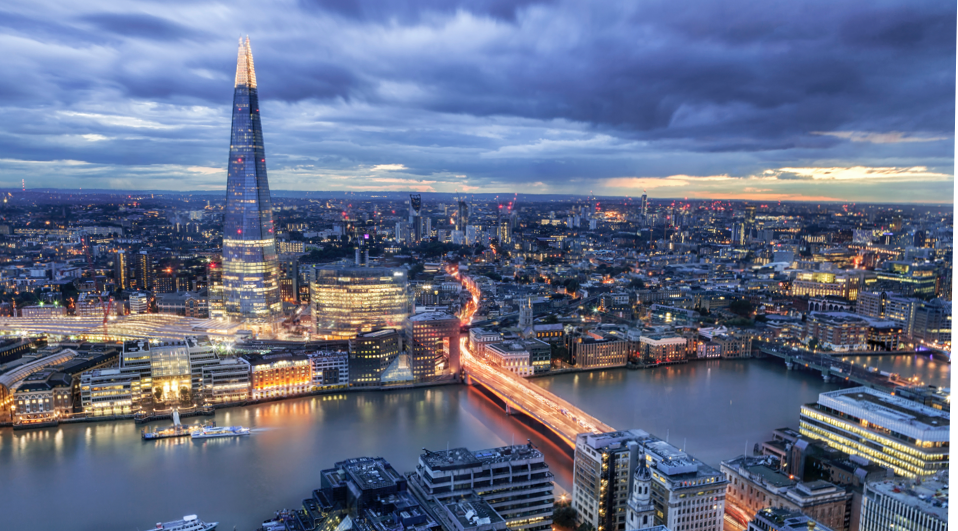London – capital city of the United Kingdom
It is among the oldest of the world’s great cities—its history spanning nearly two millennia—and one of the most cosmopolitan. By far Britain’s largest metropolis, it is also the country’s economic, transportation, and cultural centre.
London is situated in southeastern England, lying astride the River Thames some 50 miles (80 km) upstream from its estuary on the North Sea. In satellite photographs the metropolis can be seen to sit compactly in a Green Belt of open land, with its principal ring highway (the M25 motorway) threaded around it at a radius of about 20 miles (30 km) from the city centre.
The London familiar to international visitors is a much smaller place than that. Tourist traffic concentrates on an area defined by the main attractions, each drawing between one and seven million visitors in the course of the year: Buckingham Palace, the British Museum, the National Gallery, Westminster Abbey, Madame Tussaud’s waxwork collection, the Tower of London, the three great South Kensington museums (Natural History, Science, and Victoria and Albert), and the Tate galleries. In scale, the London most tourists visit resembles the metropolis as it was in the late 18th century, a city of perhaps 10 square miles (26 square km) explorable on foot in all directions from Trafalgar Square.
